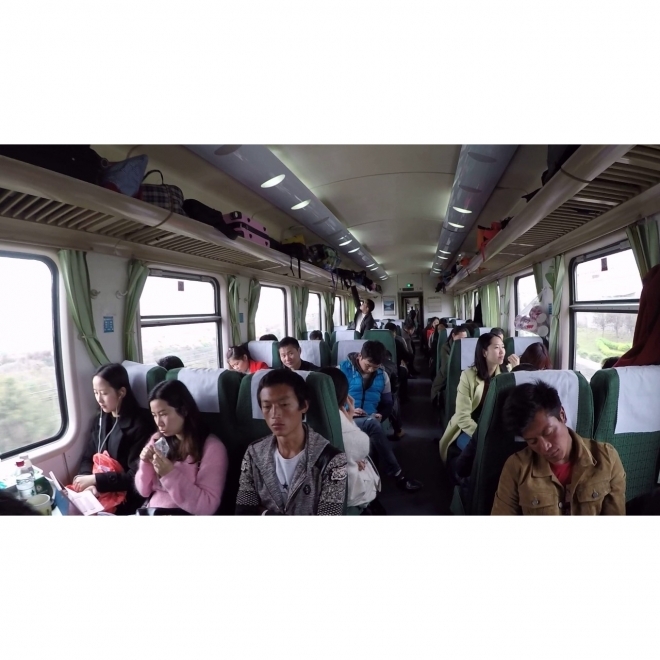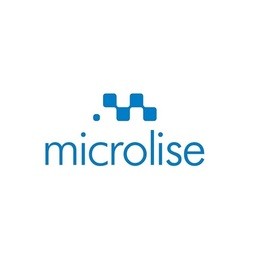Overview
 |
Autonomous Transport Systems |
Applicable Industries
Applicable Functions
Case Studies
Market Size
|
The semi-autonomous truck market is estimated to be 260,000 units in 2018 and is projected to reach 1,130,000 units by 2025, at a CAGR of 23.38%. The autonomous truck market is estimated to be 15,000 units in 2025 and is projected to reach 81.8 thousand units by 2030, at a CAGR of 39.96%. Source: Businesswire The autonomous train market, in terms of volume, is projected to grow at a CAGR of 4.87% from 2018 to 2030. The market is estimated at 54,558 Units in 2017 and is projected to reach 106,290 Units by 2030. In this study, 2017 has been considered the base year, and 2018–2030 is the forecast period, for estimating the market size of the market. Source: Markets & Markets
|
Business Viewpoint
|
Where are autonomous transport systems used? The first stage of development testing for autonomous transport systems is in controlled industrial environments such as mines and ports. These areas have well-defined paths and limited variability in the types of obstacles that a vehicle must navigate around. Control of the environment by a single corporation also means that many vehicles are connected to the same system. This increases the ability of a vehicle to foresee potential obstacles and to coordinate action with other vehicles in the system. Autonomous trains, subways, ships, and airplanes are also being experimented with. Autonomous trains and subways are commonly used today and are significantly easier to manage due to the high degree of system control. Ships and airplanes can and do run autonomously for long durations but are typically not operated without a human operator at the controls. We are moving into a period where the presence of human operators will likely remain primarily to mitigate legal risk rather than with the anticipation that humans will be superior at piloting the vehicle in most circumstances. Systems for general road use are being developed rapidly. Highways are widely expected to be the first public roads to see significant autonomous traffic. As opposed to urban roads, highways typically offer a wide field of vision and relatively homogenous behavior among other objects of the road. Urban roads must contend with broken tree limbs, children playing, bikes running stop signs, people pulling out of driveways, and other unpredictable factors.
|
Stakeholder Viewpoint
|
Government and Regulatory Authorities: Government and regulatory authorities are responsible for shaping the regulatory framework, policies, and standards governing autonomous transport systems. They oversee safety certification processes, define operational guidelines, and establish regulatory requirements for vehicle testing, operation, and deployment. Government stakeholders also allocate funding for research and development initiatives, infrastructure upgrades, and pilot projects to support the adoption and integration of autonomous transport systems into existing transportation networks. Automotive Manufacturers and Technology Companies: Automotive manufacturers and technology companies lead the development and commercialization of autonomous transport systems, leveraging innovations in artificial intelligence, sensor technology, and connectivity solutions. They invest in research and development to enhance vehicle autonomy, safety features, and user experience, aiming to bring fully autonomous vehicles to market. These stakeholders collaborate with suppliers, partners, and regulatory agencies to address technical challenges, validate safety standards, and ensure compliance with regulatory requirements. Transportation and Mobility Service Providers: Transportation and mobility service providers offer autonomous transport solutions such as ride-hailing, shuttle services, and on-demand delivery, catering to the evolving mobility needs of consumers and businesses. They deploy autonomous vehicles to optimize fleet operations, reduce transportation costs, and improve service quality and reliability. These stakeholders partner with technology companies, cities, and public transit agencies to pilot autonomous transport services, gather user feedback, and expand service coverage to urban and suburban areas. |
Technology Viewpoint
|
How are autonomous transport systems connected to information systems? Data distribution service (DDS) is an industry standard for autonomous vehicles because it is open standard and cross-vendor.
|
Data Viewpoint
|
Sensor Data Acquisition: Autonomous transport systems rely on an array of sensors, including cameras, LiDAR, radar, ultrasonic sensors, and GPS receivers, to gather real-time data about the vehicle's surroundings. These sensors generate vast amounts of raw data, capturing information such as object detection, distance measurement, and environmental conditions. Data Processing and Fusion: Data processing and fusion algorithms analyze sensor data to extract meaningful insights and enable informed decision-making by autonomous vehicles. Techniques such as computer vision, machine learning, and sensor fusion are employed to interpret sensor data, detect objects, and predict their behavior in real-time. Localization and Mapping: Localization and mapping algorithms utilize sensor data to determine the vehicle's position and orientation relative to its surroundings. Simultaneous Localization and Mapping (SLAM) techniques enable vehicles to create accurate maps of their environment while simultaneously tracking their own movement within these maps. Vehicle-to-Infrastructure (V2I) and Vehicle-to-Vehicle (V2V) Communication: Data exchange between vehicles and infrastructure components, known as V2I communication, enables vehicles to receive real-time information about traffic conditions, road hazards, and route optimizations. Similarly, V2V communication facilitates data sharing between vehicles, allowing them to coordinate movements, avoid collisions, and optimize traffic flow. |
Deployment Challenges
|
What are the technical challenges facing autonomous transport systems? Technical challenges related to autonomy include ensuring reliable data ingestion, guaranteeing real-time response in complex situations, managing complex data flows between vehicles and connected systems, integrating systems, and securing system access to prevent the hacking of vehicles or systems.
|






